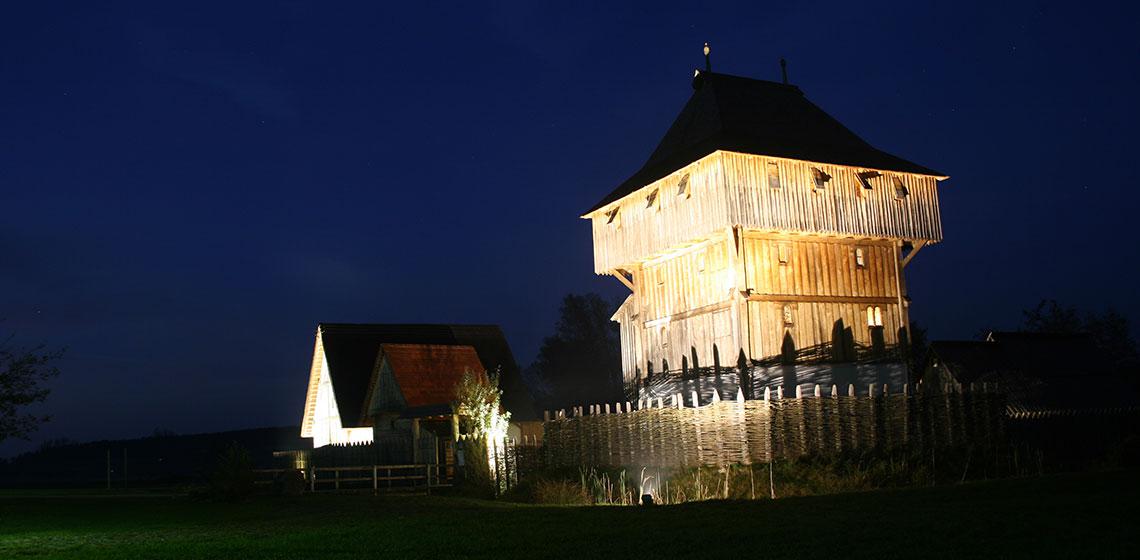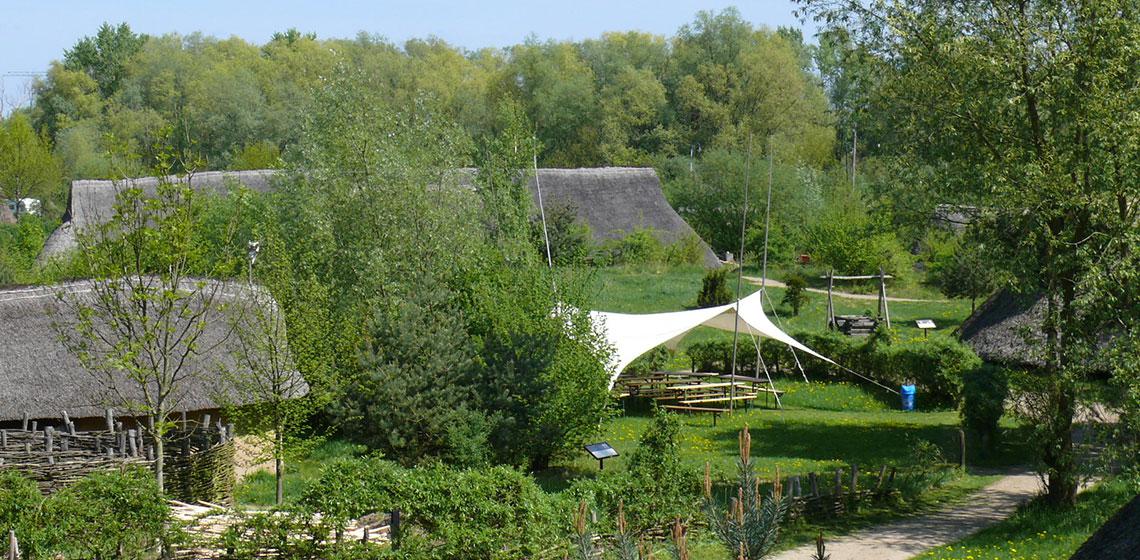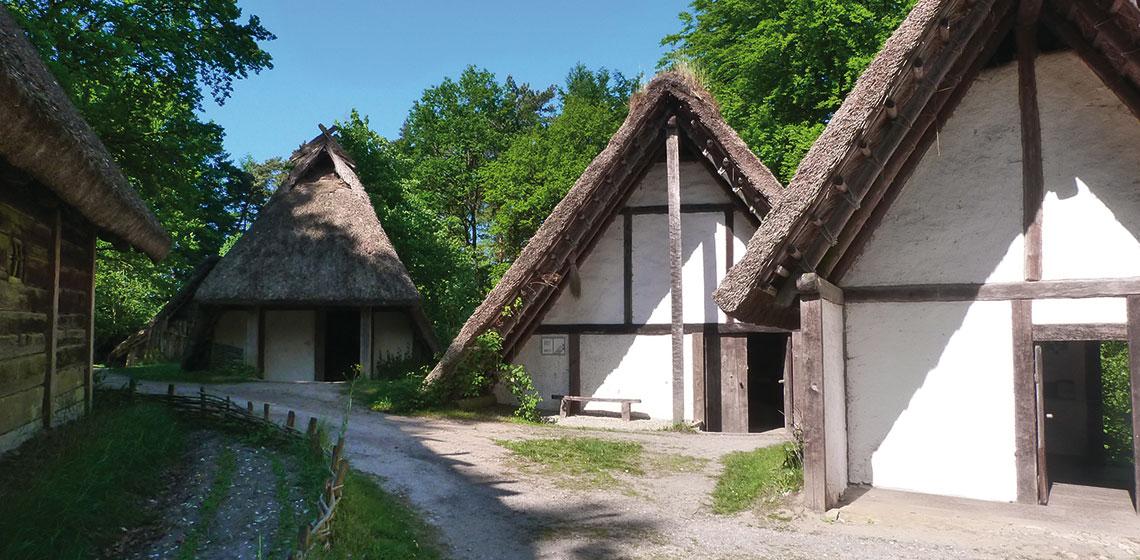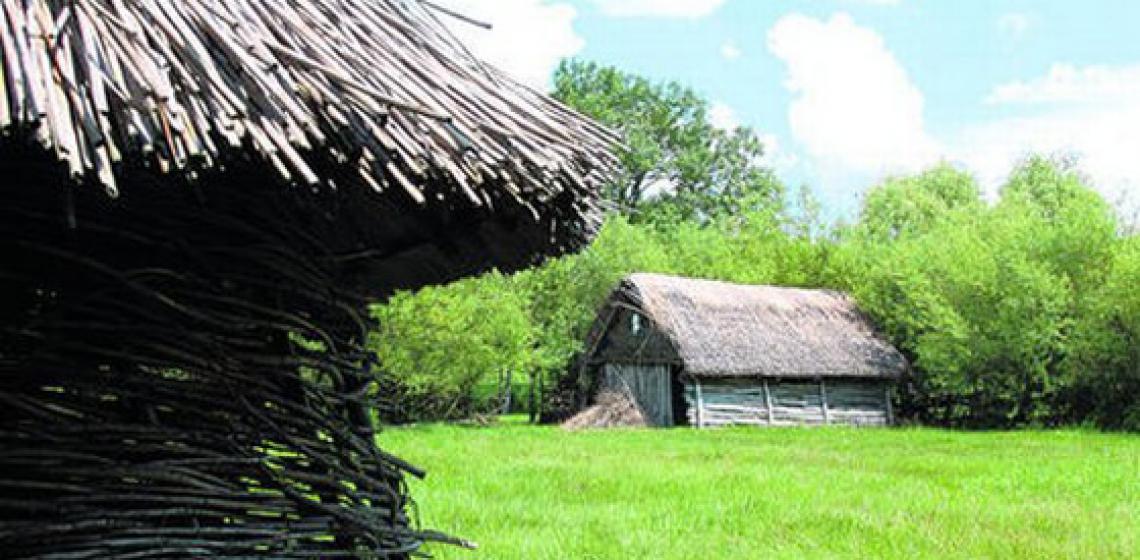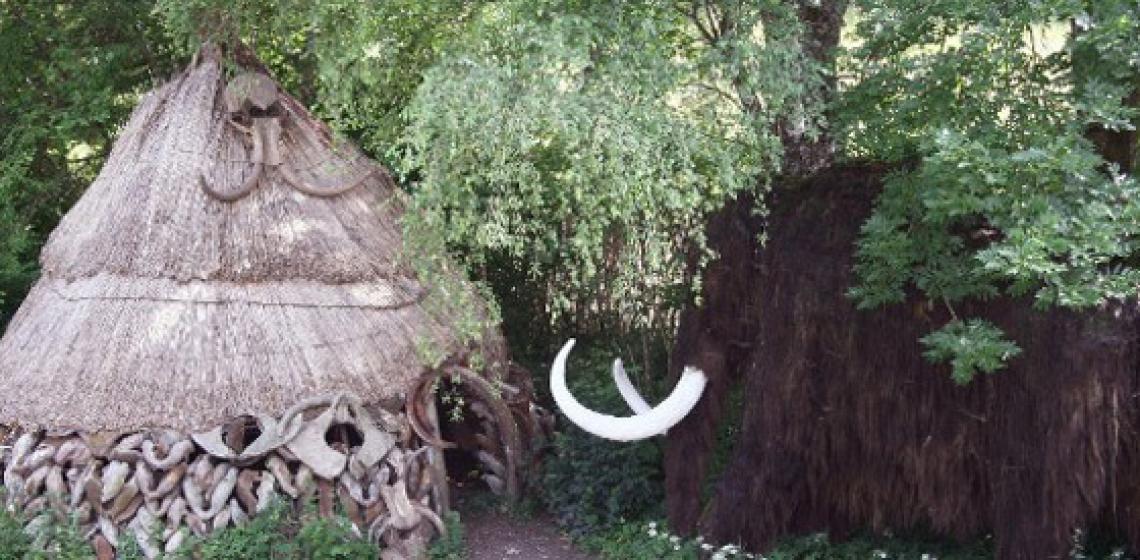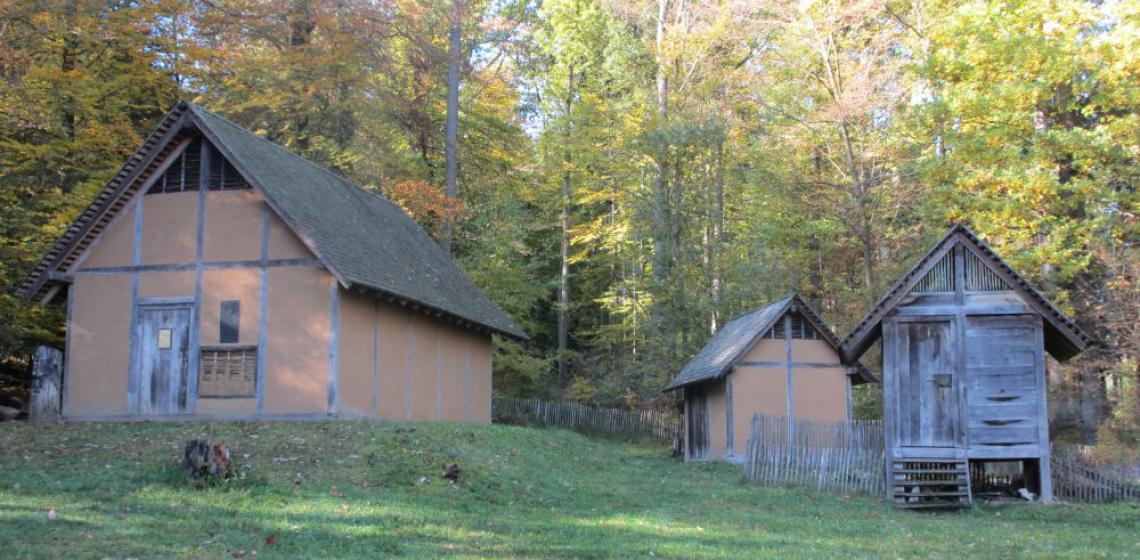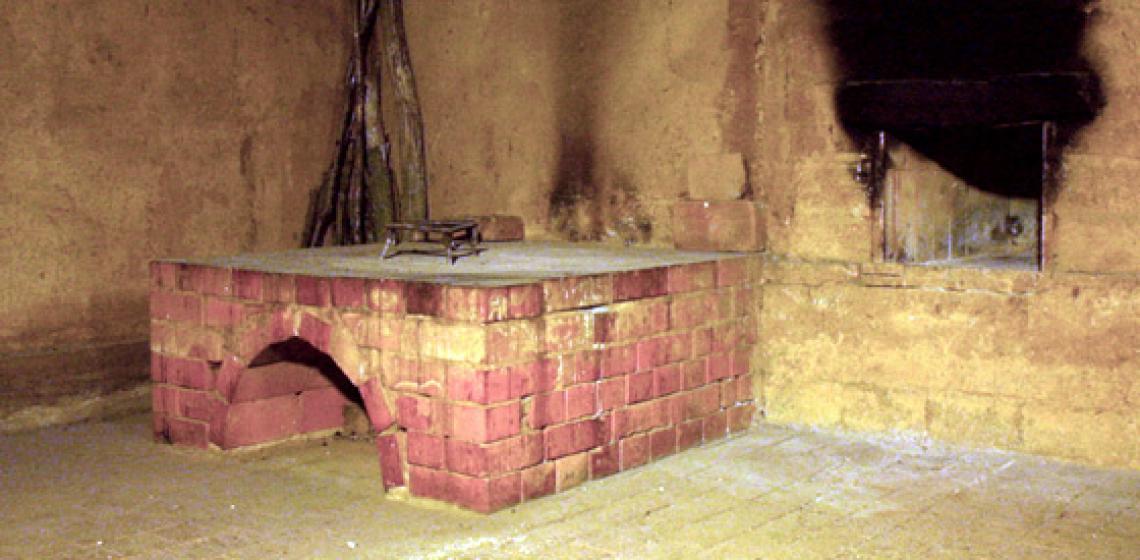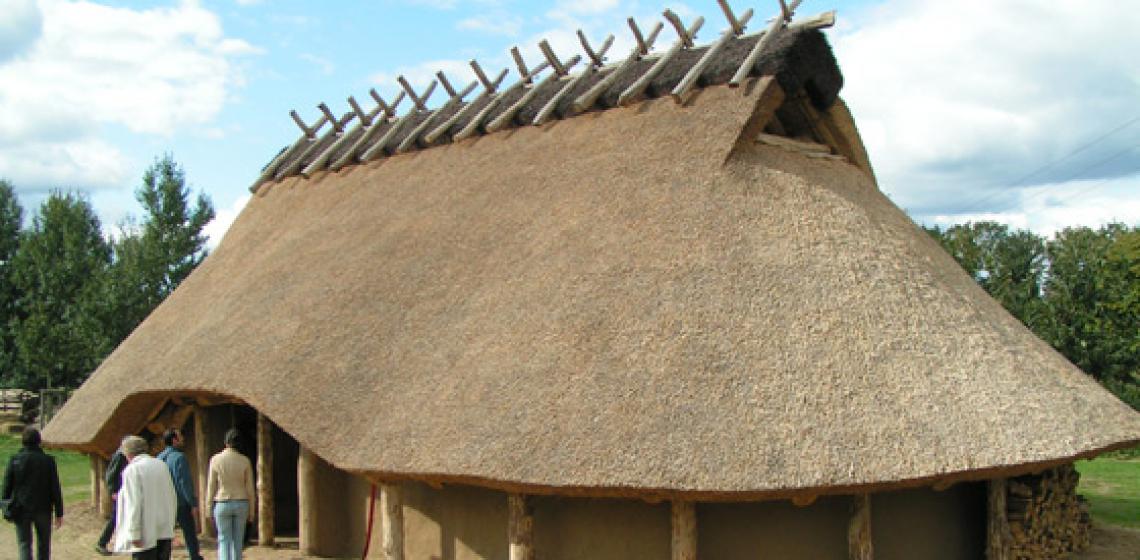Martin Schmidt MA
Martin Schmidt is founder of EXARC and member since 2001. He studied archaeology in Münster, Cologne and Frankfurt a/M and was among others almost 10 years director of the archaeological open-air museum Oerlinghausen. From 2003 he is deputy director at the Lower Saxon State Museum in Hannover.


